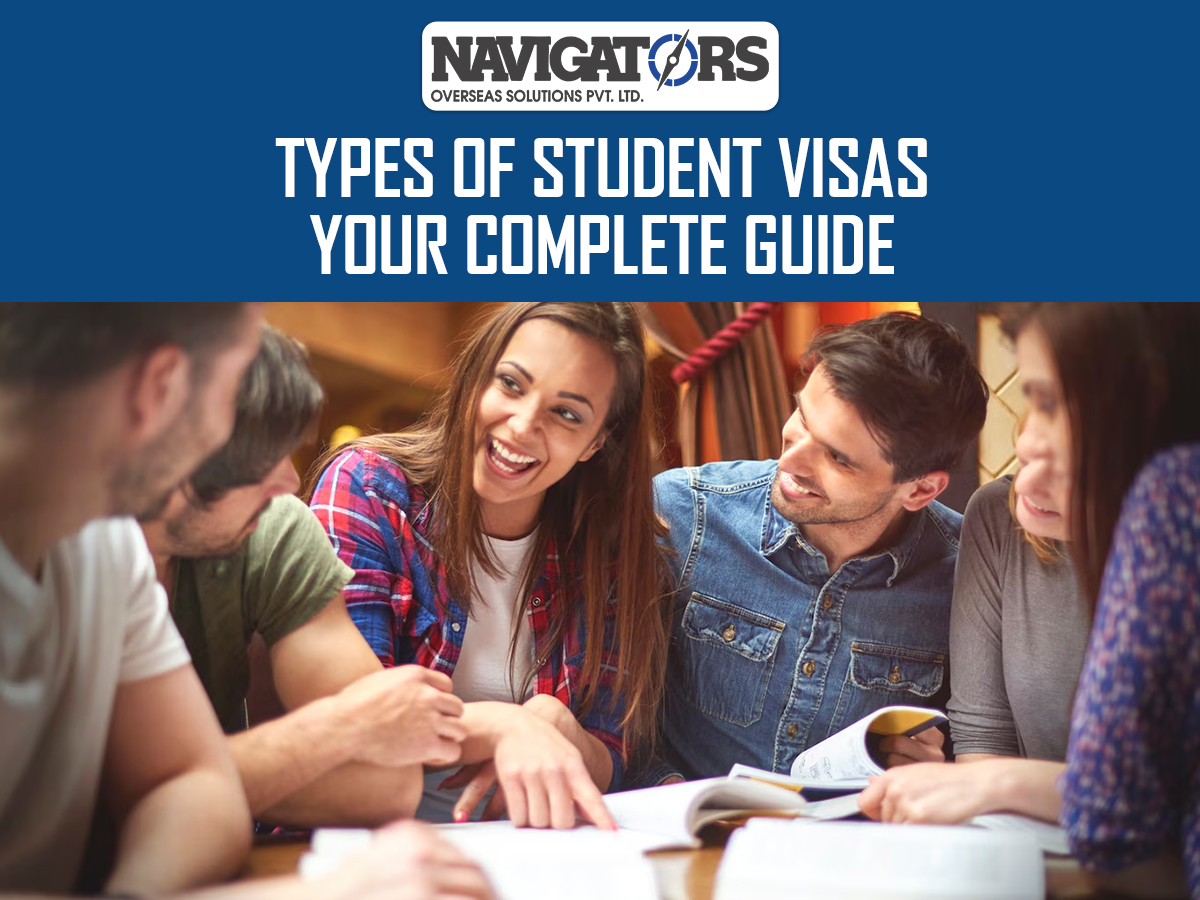Types of Student Visas: Your Complete Guide
Studying abroad is a dream for many students, but the process can be confusing—especially when it comes to securing the right student visa. Each country has its own visa types and requirements, and understanding these is crucial for a smooth transition to your study destination. In this guide, we will explore the most common types of student visas for popular study destinations and provide essential details on how to apply.
1. USA Student Visas
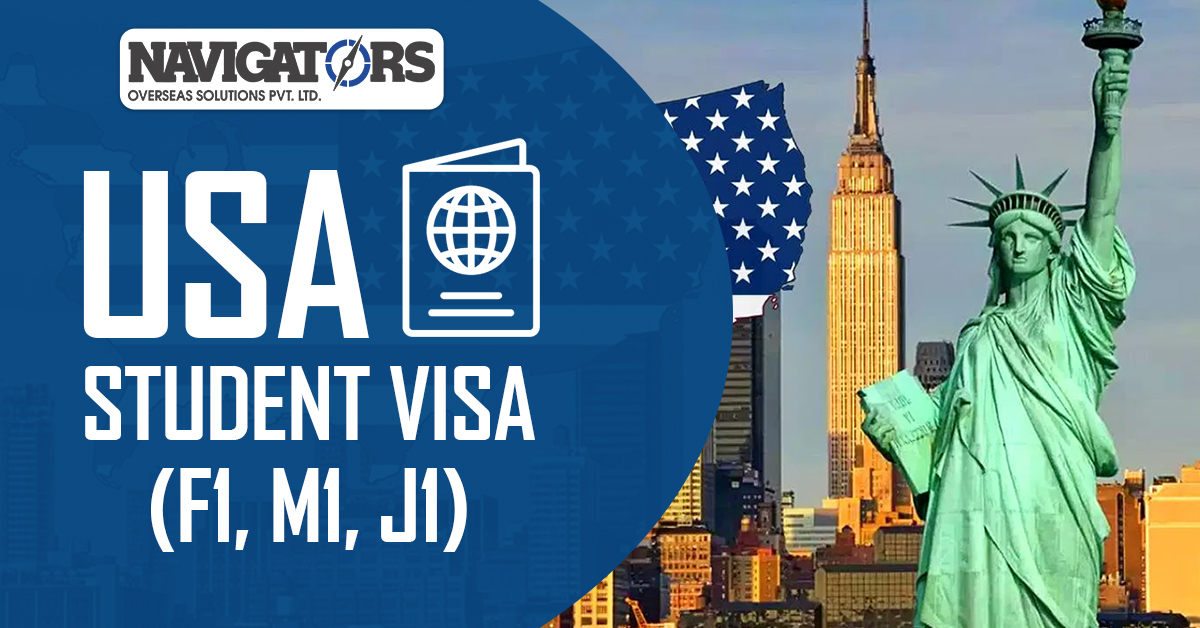
The United States remains a top choice for international students. The country offers several types of student visas, each designed for different study purposes.
- F1 Visa: This is the most common visa for students pursuing academic programs in the U.S. It is applicable for courses such as bachelor’s, master’s, and PhD programs. The F1 visa also allows you to work part-time on-campus during your studies and participate in Optional Practical Training (OPT) post-graduation.
- M1 Visa: For vocational and technical studies, the M1 visa is more appropriate. Students enrolling in non-academic institutions such as trade schools or technical programs need this visa. Unlike the F1 visa, M1 visa holders are not permitted to work during their studies.
- J1 Visa: The J1 visa is typically for students participating in exchange programs, internships, or short-term academic courses. It’s also used for trainees or research scholars sponsored by educational or government institutions.
2. Canada Student Visa (Study Permit)
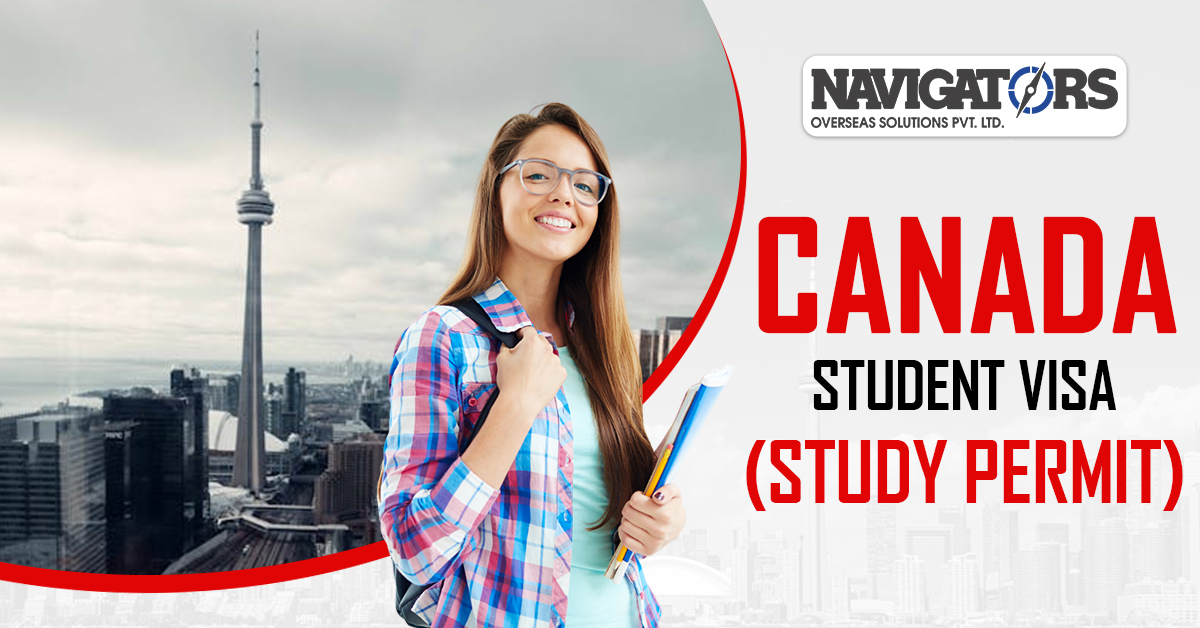
Canada’s world-renowned education system attracts thousands of international students each year. To study in Canada, you must apply for a Study Permit, which serves as your student visa.
- Study Permit: This is issued for students admitted to Designated Learning Institutions (DLIs) in Canada. Students can also work part-time during their studies and may be eligible for a Post-Graduate Work Permit (PGWP) after graduation.
- Student Direct Stream (SDS): This is a fast-track visa processing system for students from select countries, including India, China, and the Philippines. The SDS program allows for quicker visa approvals if specific requirements, such as proof of financial support and language proficiency, are met.
3. Australia Student Visa (Subclass 500)
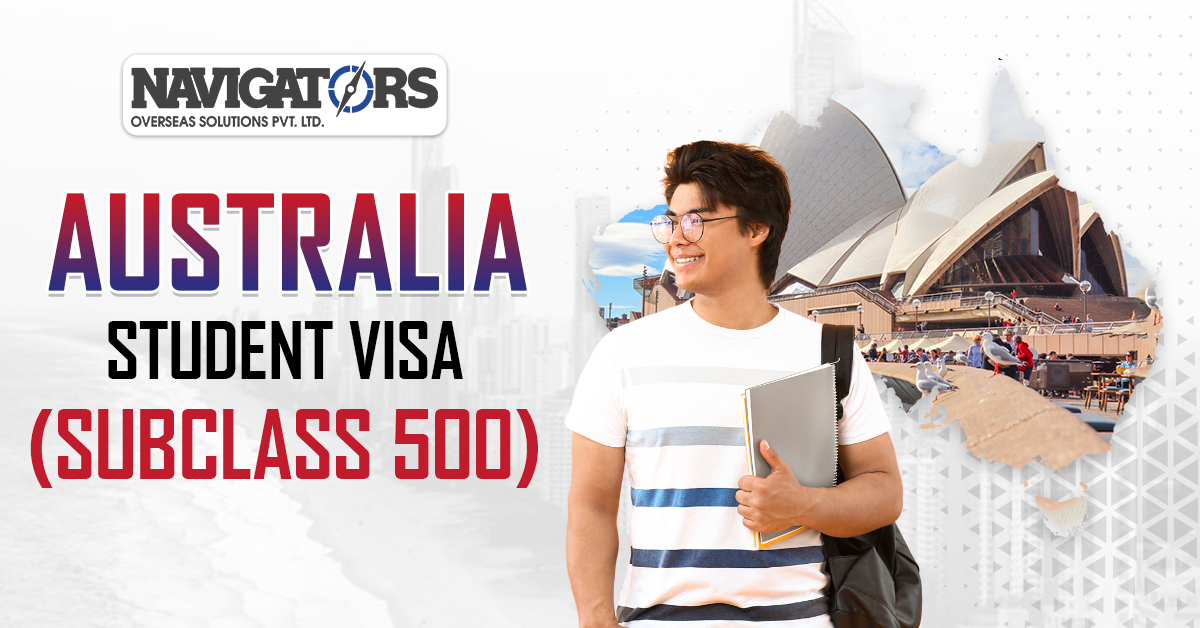
Australia offers a Subclass 500 Student Visa, allowing students to study full-time in registered educational institutions. The visa covers a wide range of programs, from undergraduate to postgraduate studies, as well as vocational and technical courses.
- Work Opportunities: Students can work part-time (up to 40 hours every two weeks) during their course and full-time during holidays, which makes Australia an attractive option for those seeking both education and work experience.
- Graduate Visa Pathway: Upon completing your studies, you may be eligible for a Temporary Graduate Visa (Subclass 485), which allows you to stay in Australia to gain work experience in your field.
4. United Kingdom Student Visa (Tier 4 Visa)
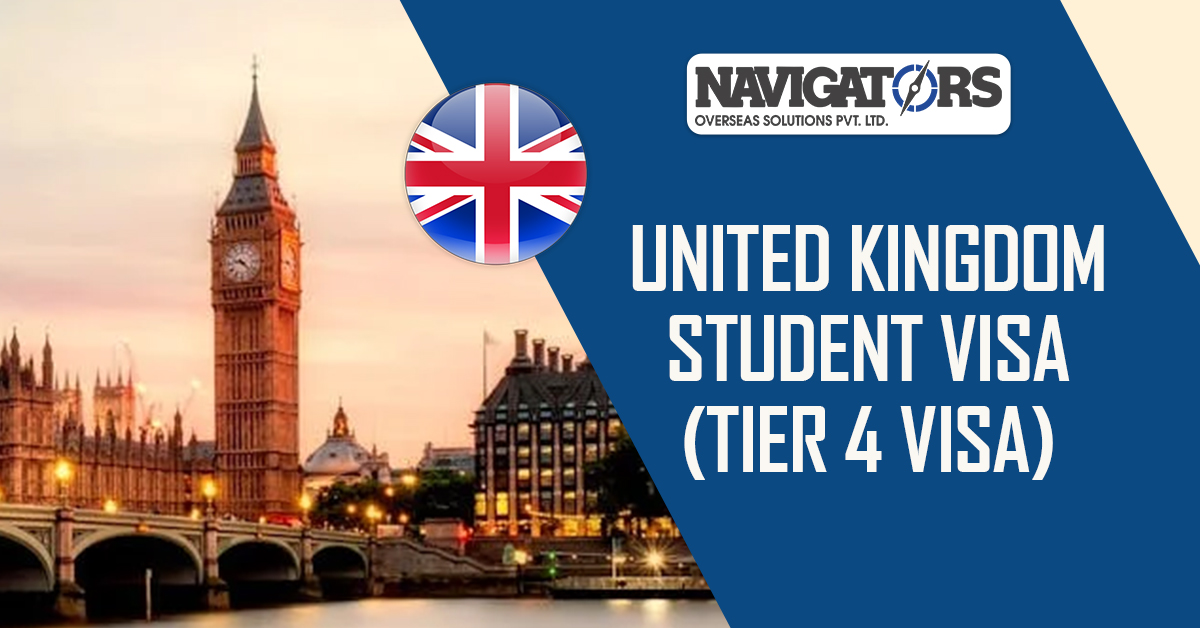
For students looking to study in the UK, the Tier 4 Student Visa is essential. This visa allows international students to study full-time at universities or colleges that hold a Tier 4 sponsor license.
- Tier 4 (General): Designed for students aged 16 or over pursuing degree-level programs. You must have a Confirmation of Acceptance for Studies (CAS) from a UK institution to apply.
- Tier 4 (Child): This visa is for students aged 4 to 17 studying at independent schools in the UK.
The Tier 4 visa allows students to work part-time during their studies, which provides a great opportunity for skill development and financial support.
5. Germany Student Visa

Germany, known for its high-quality education and tuition-free programs, requires international students to obtain a National Visa (D Visa) if they plan to stay longer than 90 days for educational purposes.
- Language Course Visa: If you plan to study German as a foreign language in Germany, this visa is appropriate. It allows you to participate in language courses for up to one year.
- Student Applicant Visa: This visa is ideal if you haven’t yet received an admission letter but want to visit Germany to secure admission. Once you are accepted into a program, you can convert this visa into a student visa.
Germany’s visa also provides students with part-time work opportunities, allowing them to support themselves while studying.
Securing the right student visa can be a complex and time-consuming process. With over 28 years of experience, Navigator Overseas Solutions has helped countless students achieve their dream of studying abroad. Based in Chandigarh, they are renowned for their expertise in visa and immigration consultancy, offering personalized guidance throughout the visa application process.
For expert visa guidance, trust Navigator Overseas Solutions, the best visa and immigration consultant in Chandigarh.
FAQs
- Can I work part-time with a student visa in Canada?
Yes, most students with a Study Permit can work part-time during their studies and full-time during breaks.
- What is the Student Direct Stream (SDS) for Canada?
The SDS is a fast-track visa processing system for students from select countries, including India, aiming to study in Canada.
- What are the main types of student visas for the U.S.?
The most common student visas for the U.S. are the F1 visa (for academic studies), M1 visa (for vocational courses), and J1 visa (for exchange programs).
- How long does it take to process a UK Tier 4 Student Visa?
The processing time for a UK Tier 4 visa can vary but generally takes between three and six weeks.
- Does Navigator Overseas Solutions assist with visa interviews?
Yes, Navigator Overseas Solutions provides comprehensive visa interview preparation, ensuring you are fully equipped for the process.
